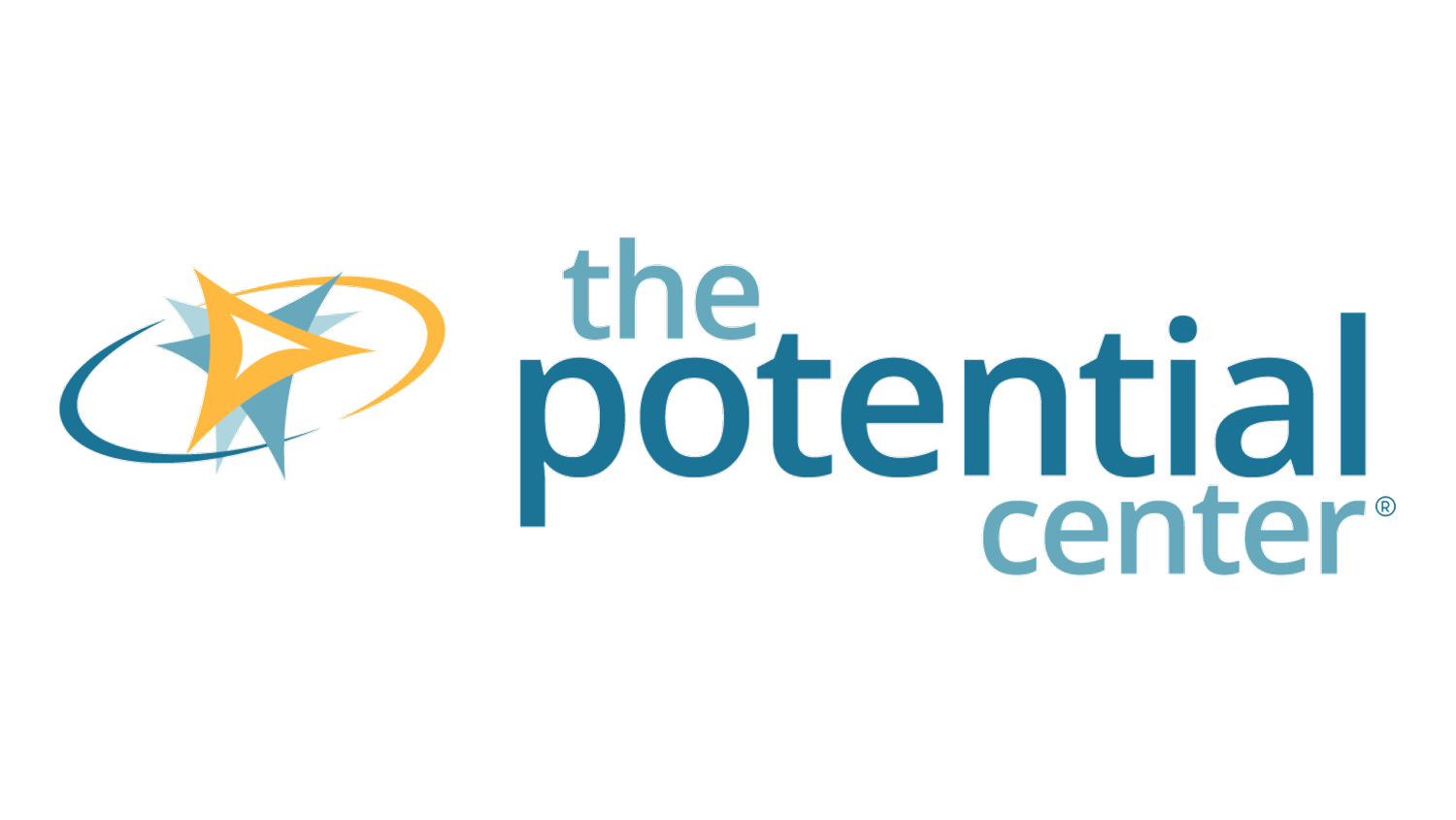New Manager Challenges (part 2 of 3)
Are you managing people who are unmotivated?
In Part One of New Manager Challenges, we looked at those associated with moving from being colleague to boss, or moving to a new organization as a first time manager.
In part 2, let’s look at some questions around managing and motivating your team.
“How do I keep my team motivated, and make sure they’re effective in their work?”
Motivation is an important issue to be sure. The Great Resignation has many managers skittish; who’s the next person leaving? For increasing motivation and effectiveness, there are actions you can take that will also lead to a culture of peak performance. One of the most effective is encouraging a mindset of learning from mistakes and failures, so a question you can ask is “how can this kind of review be incorporated into our work?” Going hand in hand with this mindset is developing the team’s capacity for solving problems *with creativity* through training, coaching, and practice. I give “with creativity” emphasis because this is the secret sauce to effectiveness: thinking creatively leads to curiosity and laughter, laughter is a great way to reduce tension, and this leads to feeling excited and being open minded about new ideas.
HERE’S WHAT THE FUTURE COULD LOOK LIKE: Staff will feel more involved and motivated. When staff know their voice is being heard and that their opinion is valued, they will be more motivated to help find solutions to entrenched problems.
“How do I hold my team accountable? I don’t want to always be looking over their shoulder and resolving conflicts.”
Giving the team autonomy to get their work done, including how they work together, will automatically lead to greater accountability. This doesn’t mean washing your hands of conflict resolution: there will be times you’ll need to step in. Working collaboratively to solve problems, and especially by using creative thinking techniques, is fun. Having fun releases the “feel good” hormone dopamine and helps reduce interpersonal tension and increase the quality of team working.
HERE’S WHAT THE FUTURE COULD LOOK LIKE: Teams develop a culture of “know,like,trust” instead of “fight,defend,ignore”. Engaging in team activities that are fun, challenging, and focused on a goal helps staff better get to know and appreciate each other. They are fully invested in the team when they feel that others have their back and can be trusted.
“I’ve never had to “develop” employees before. What does that even mean?”
Developing employees means helping them use their existing skills in different ways, learning new skills, and delegating so they can practice using those skills. It’s about looking at the person as a whole package to see where their potential may lie. You can also look at your department or team unit as an entity to be developed: what is your wish for your team or department? What would it take to achieve that goal? Often it’s just a change in perspective. Creative problem-solving is powerful because, by using creative thinking tools like those baked into my Light Bulb Thinking™ framework, changing the way your team views problems opens up a whole new world of solutions.
HERE’S WHAT THE FUTURE COULD LOOK LIKE: It will be easier to delegate, and there will be opportunities to delegate to staff in ways you hadn’t thought of before. Staff will be more eager to be involved and try out their new problem-solving skills. This will have a knock on effect by improving products, services, systems, staff engagement, and customer satisfaction.
“How do I effectively lead team members who have different opinions, personalities and skills, and are from different generations?”
What is the culture of communication in your team? What’s your own style of communication? When you look at the differences, you may see challenges. The reality, though, is that having these differences is like having a gold mine. Creative problem-solving feeds off of diverse thinking; a melting pot of opinions, personalities and skills can lead to innovative solutions. A 2011 Future of Work Research Consortium study found that intergenerational cohesion is one of the top three workplace risks. Collaboratively solving problems is one of the most effective ways to dissolve the barriers between generations. You’ll notice improved peer respect, staff engagement, and team working.
HERE’S WHAT THE FUTURE COULD LOOK LIKE: You’ll be the envy of others. The other departments in your organization, or even the industry you’re in, recognizes your team’s achievements and they want to know your secret!
Want to be a more effective manager?
If you’re looking for ways to lead your team more effectively, let’s explore how coaching in creative problem-solving could help you address your challenges. Schedule a free strategy session at https://calendly.com/ellia-harris/30min
In Part III, we’ll be looking at how to integrate creative problem-solving with the corporate strategy and culture, and the role of manager as influencer. Jump straight to Part lll here
See New Manager Challenges Part l here
“I love Ellia’s coaching style - and her experience in corporate training was invaluable. She demonstrated how asking the right questions makes it easier to solve problems and reach a higher level of creativity and engagement. I would not hesitate to go back to Ellia for coaching when I need creative problem-solving guidance in the future!”

